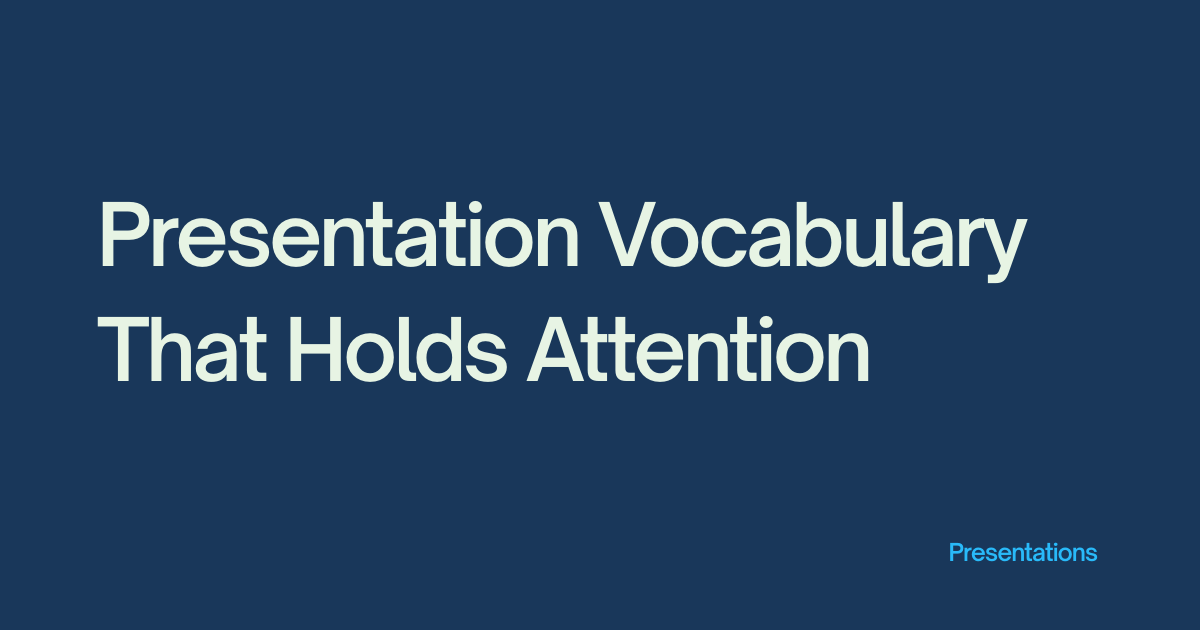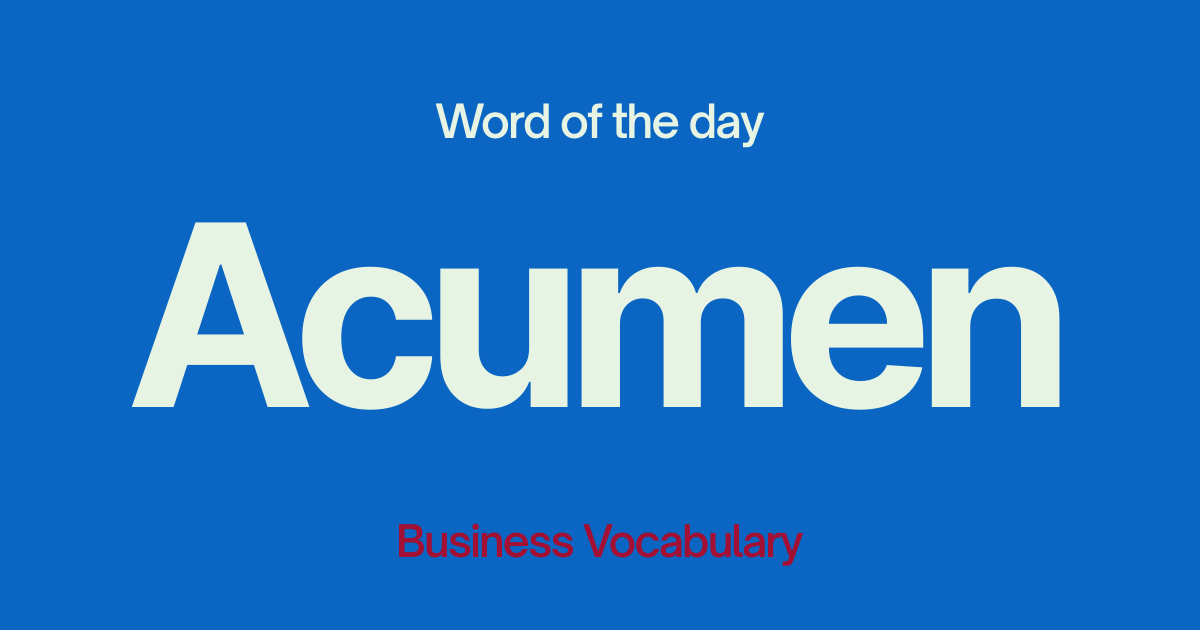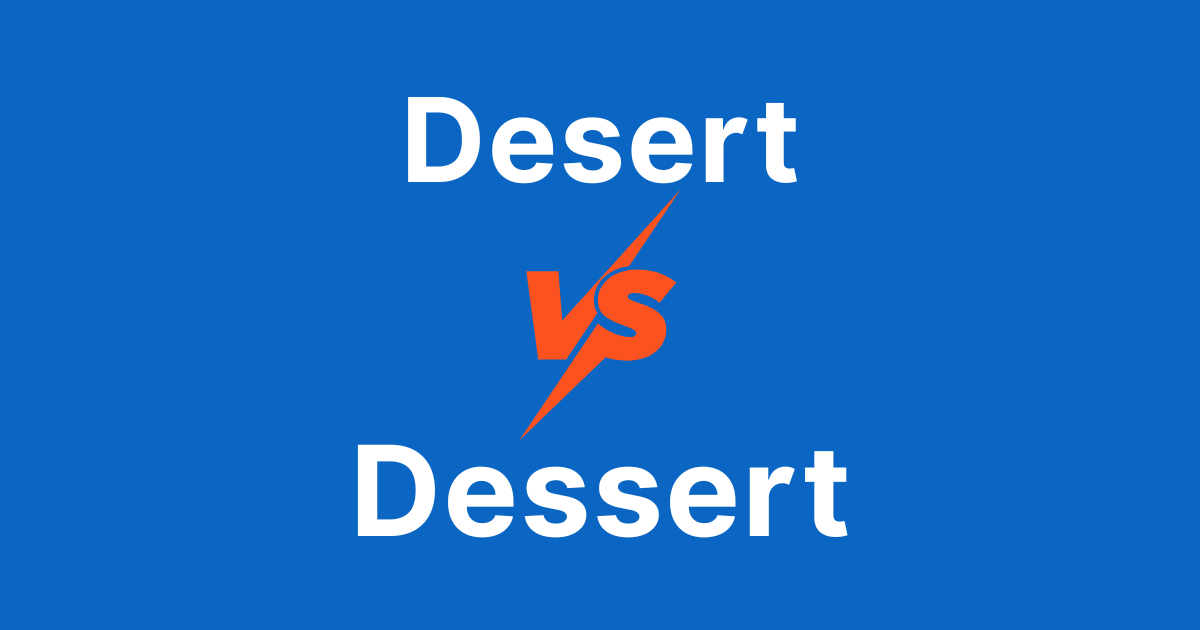Introduction
You’re halfway through a presentation when you notice eyes drifting to phones. It’s not that your content isn’t good—it’s that the room’s attention is slipping. The difference between a forgettable talk and one that sticks often comes down to a few well-placed phrases that keep your audience locked in.
Leaders who hold attention don’t just rely on slides or data—they use language that draws people back into the moment. In high-stakes presentations, every sentence is a chance to guide focus, frame ideas, and keep energy in the room. The right words work like subtle cues, inviting your audience to lean forward instead of check out. If you choose them well, you control not just the message, but the memory it leaves behind.
Vocabulary List
Vocabulary Short description
- “Here’s why this matters” – Connects your point to audience priorities.
- “Let me paint the picture” – Signals a story or example is coming.
- “If you remember one thing” – Highlights a core takeaway.
- “Here’s the key point” – Cuts through complexity to clarity.
- “Let’s bring this to life” – Moves from concept to practical application.
- “What this means for us” – Bridges ideas to action.
Vocabulary Full description
“Here’s why this matters” – Connects your point to audience priorities.
Example: “Here’s why this matters: it impacts next quarter’s growth targets.”
Tip: Use when introducing a key insight or recommendation.
“Let me paint the picture” – Signals a story or example is coming.
Example: “Let me paint the picture—imagine a customer who’s ready to buy but can’t complete the process.”
Tip: Helps shift from abstract to concrete.
“If you remember one thing” – Highlights a core takeaway.
Example: “If you remember one thing from this meeting, it’s that retention drives revenue.”
Tip: Ideal for reinforcing your main message near the end.
“Here’s the key point” – Cuts through complexity to clarity.
Example: “Here’s the key point: our current process is costing us time and trust.”
Tip: Use sparingly for maximum punch.
“Let’s bring this to life” – Moves from concept to practical application.
Example: “Let’s bring this to life with an example from last week’s launch.”
Tip: Keeps your content relatable and tangible.
“What this means for us” – Bridges ideas to action.
Example: “What this means for us is a faster rollout and fewer customer complaints.”
Tip: Great for transitioning to recommendations.
Scenario
You’re presenting a strategic plan to the executive team. You start with, “Here’s why this matters,” linking your proposal to revenue goals. Midway, you use, “Let me paint the picture,” walking them through a real customer story. When you introduce the most important insight, you say, “If you remember one thing…” Later, you cut through a complex chart with, “Here’s the key point.” Before wrapping, you use, “Let’s bring this to life,” sharing a recent success. Finally, you close with, “What this means for us,” making the next steps explicit. The room’s attention stays with you from first slide to last.
Takeaway
Attention is a leader’s most valuable currency when speaking. These phrases don’t just fill time—they sharpen focus, guide understanding, and make sure your audience leaves with the message you intended.
Want your presentations to stick long after the slides are gone? Let’s refine the words that keep attention exactly where you want it.




Comments